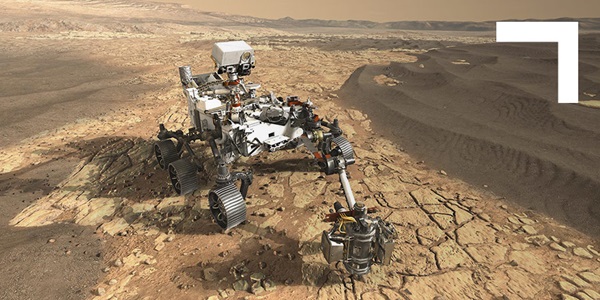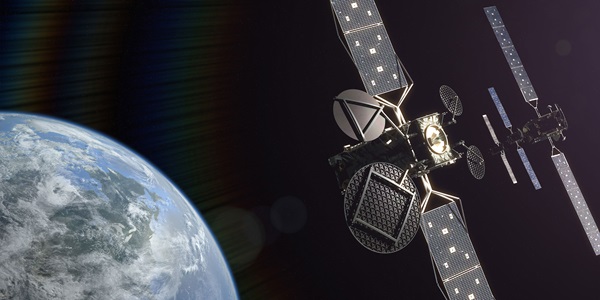DAWN Spacecraft
Uncovering the Relics of the Early Solar System
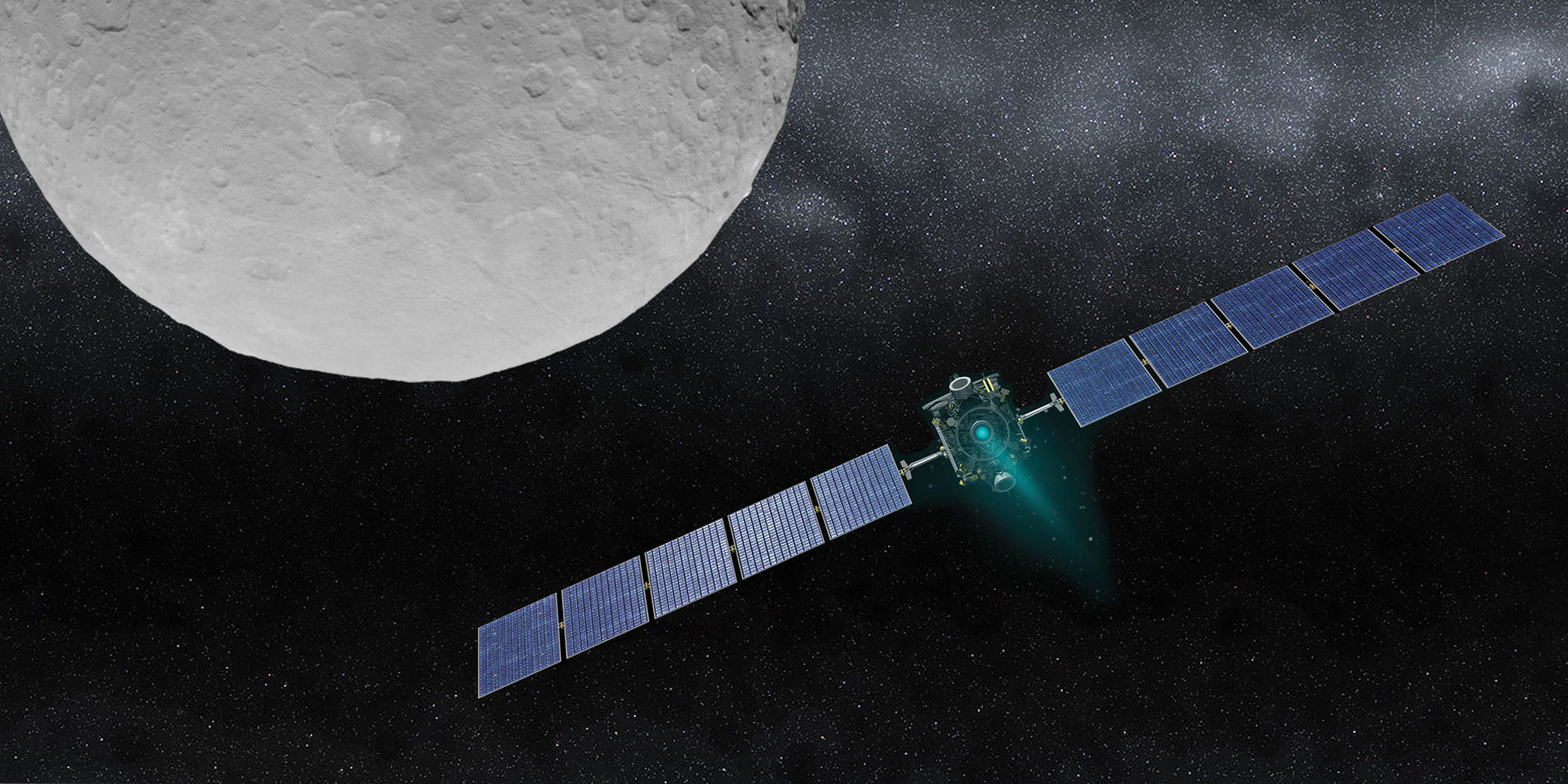
By Kelly McSweeney
NASA Jet Propulsion Laboratory's (JPL) DAWN spacecraft, designed and built by Northrop Grumman, operated successfully for over 11 years before its final decommission in November 2018.
In 2011, the probe observed the giant asteroid Vesta, followed by the dwarf planet Ceres, both located in the main asteroid belt between Mars and Jupiter, operating at ranges of 100 to 370 million miles from Earth.
Northrop Grumman is a frequent partner with NASA, providing engineering expertise and innovative technologies to build spacecraft and other space components, helping NASA pursue science and space exploration missions.
"It was an exciting mission to work on, because we could see that the science could really open up people's eyes about the early solar system," said Northrop Grumman’s Joe Makowski, DAWN's spacecraft chief engineer and missions operation manager.
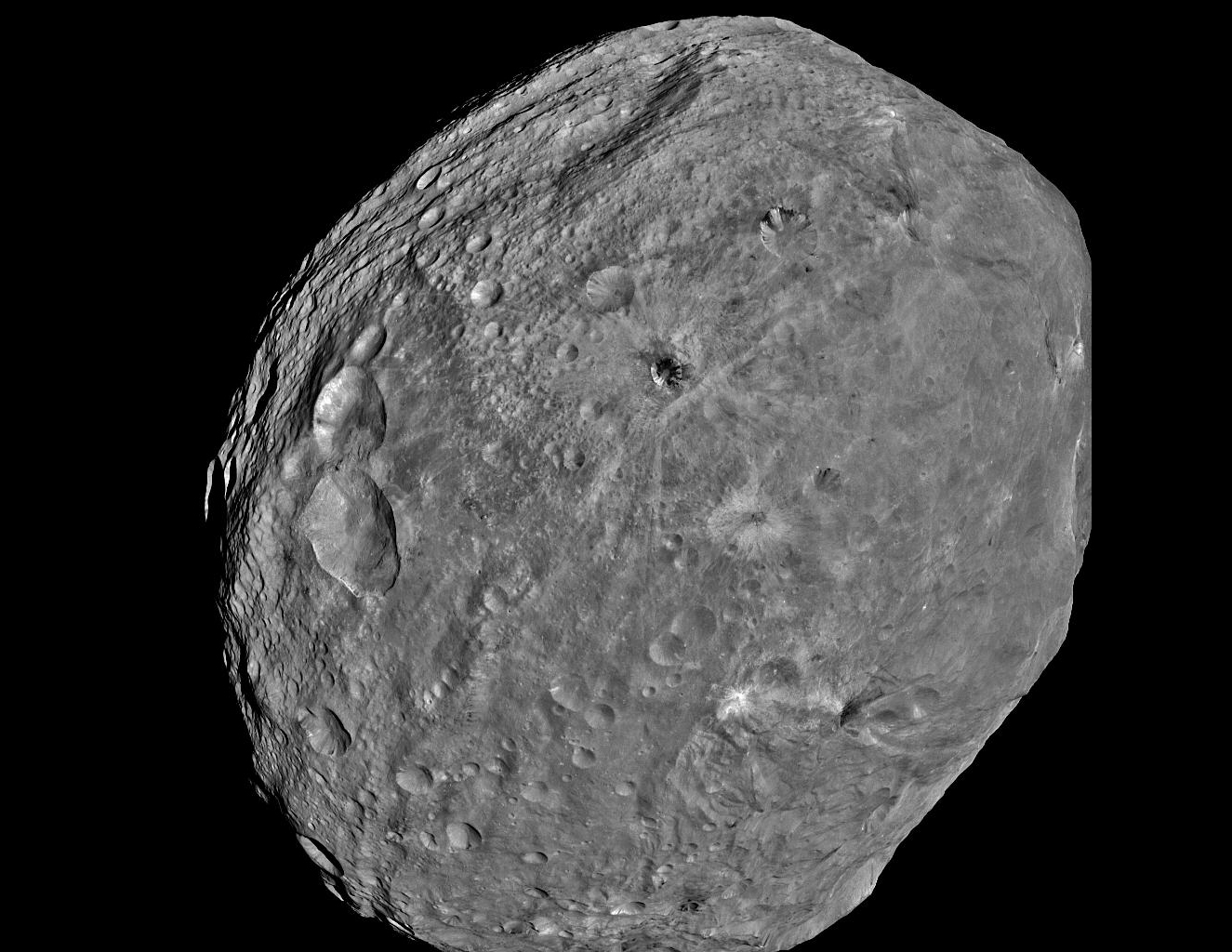
Enabling NASA to Gather a Plethora of Planetary Data
Scientists understood that Ceres and Vesta, the two primitive bodies were different before DAWN got a closer look — and this mission was aimed at understanding the difference. Northrop Grumman engineers built DAWN to gather data while withstanding the harsh environment of the asteroid belt, three times further from the sun than Earth.
And gather data it did.
Vesta's surface (shown here) was found to be old, cratered and quite dry. Ceres' surface, on the other hand, showed evidence of recent geological changes and surface flows, facilitated by sub-surface liquid reservoirs.
Reuters and NBC News report that analysis of Dawn data, published in August 2020, categorizes Ceres as an ‘ocean world’, with deep reservoirs of briny water. The water migrates to the surface as slushy mud, creating ice volcano structures and leaving bright salt deposits on the surface, as the water freezes and then sublimates into the vacuum of space.
Evidence of water, a key ingredient for life, is always an exciting discovery for planetary scientists.
"The newly published results, coming nearly two years after the mission ended, doesn't surprise me at all, since DAWN collected so much data," says Makowski. "It will take many years for scientists to fully digest all the information DAWN collected."
Even though Vesta and Ceres orbit the sun in the same vicinity today, scientists now understand that Vesta resembles the inner rocky planets. The data reveals that Ceres likely formed much further out in the solar system and migrated inward as the outer gas and ice planets settled in their current orbits. Ceres, thus, is helping them understand features of the vast, unexplored outer solar system.
"It was this team's first opportunity to design a planetary spacecraft, so it was a very exciting challenge and a very motivating period for all of us."
– Joe Makowski, DAWN's Spacecraft Chief Engineer and Missions Operation Manager
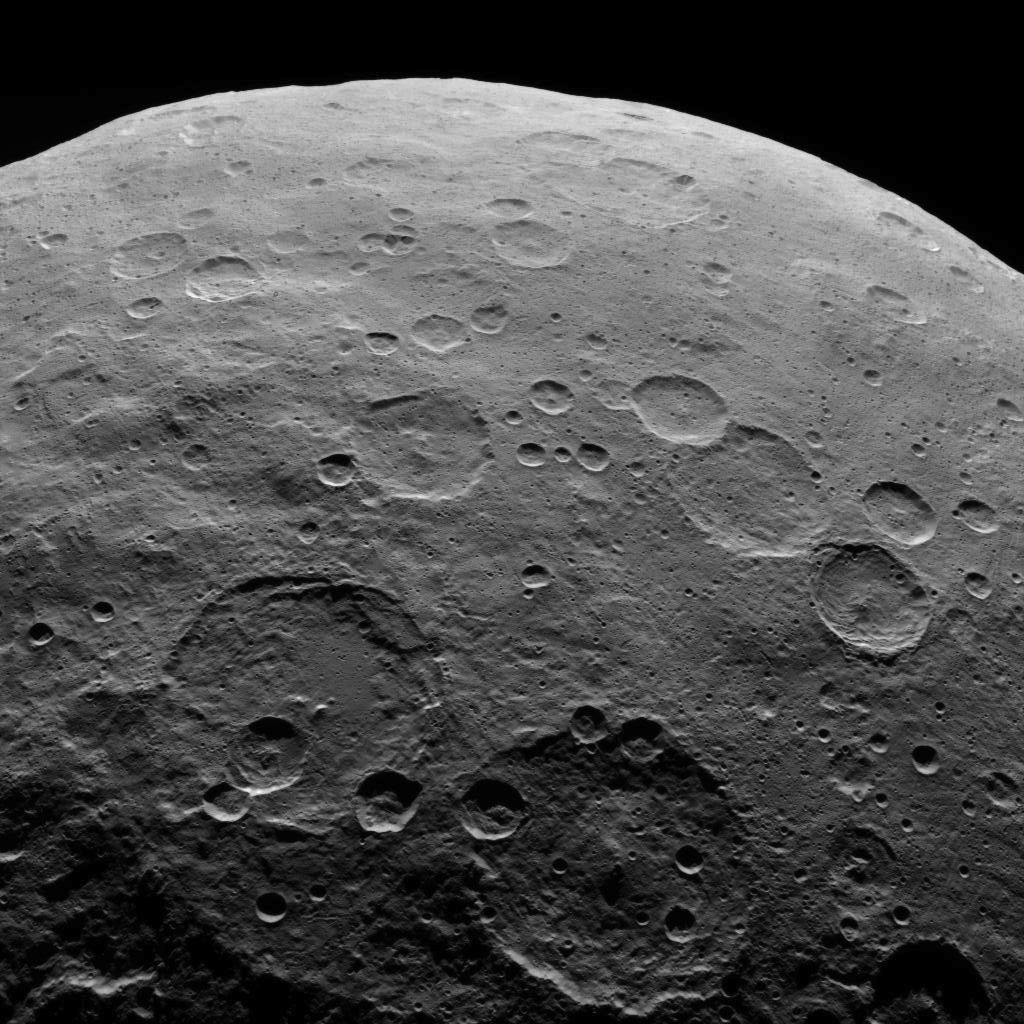
Propelling to the Far Reaches of Space
The DAWN mission was powered by an innovative and high tech ion propulsion system — provided by NASA's Jet Propulsion Laboratory — which enabled the spacecraft to orbit and explore the two bodies in a single mission, a space first. Ion propulsion, also referred to as solar electric propulsion, is ten times more efficient than traditional propulsion, requiring only a tenth of the propellant to go the same distance.
Many other spacecraft are powered by chemical propulsion, which provides thrust in short, powerful bursts that can get a spacecraft to its destination quickly. The problem is that these systems need lots of propellant. Lugging that much propellant on longer missions becomes virtually impossible. For the DAWN mission, Makowski notes, "It was impossible to carry enough chemical propellant." The mission required enough energy to match Vesta’s orbit around the sun, then slow down to enter orbit for observations, all which uses propellant. Then, they needed to expend energy to leave Vesta and propel the spacecraft toward Ceres (shown here), slow down to orbit Ceres, again expending more propellant.
DAWN's propulsion system used solar cells to provide electric power to ionize the xenon atoms and accelerate them through a charged grid at high speed.
”A small amount of xenon is accelerated very quickly out of the thruster and yields a small, but steady thrust," says Makowski. "But you do it 24 hours per day, seven days per week, and a small push over a long period of time imparts a tremendous velocity to the spacecraft."
DAWN's ion propulsion system provided 52,000 hours of conditioned thrusting, or 5.9 years of active powered flight, according to NASA. This enabled the spacecraft to travel 4.3 billion miles and orbit two bodies with only 425 kilograms (937 pounds) of xenon propellant on board.
Scientific Discoveries Over 20 Years in the Making
Makowski and the DAWN team began detail design work on the spacecraft back in 2003. But developing the systems engineering and technical expertise to design the mission and the spacecraft began in 1996, leading to a NASA contract award in 2002.
"It was this team's first opportunity to design a planetary spacecraft, so it was a very exciting challenge and a very motivating period for all of us," Makowski reflects.
While DAWN continues to make science and space exploration headlines today, many talented team members have moved on to work on new projects at Northrop Grumman, building on the knowledge they gained from the historic space mission. Lessons learned from DAWN's technical challenges, such as maintaining thrust over days and weeks, slow communication with Earth due to the delay of long space distances, and the potential for electronic systems being disrupted by solar particles are being applied to new and even more ambitious missions.
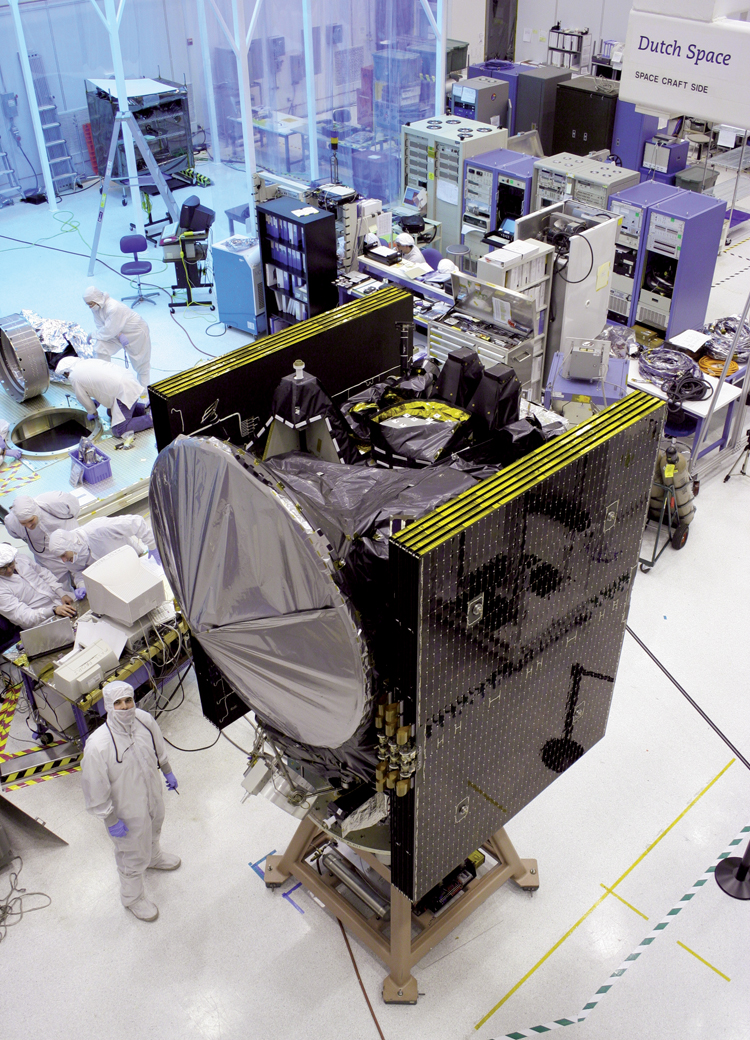
Finding Answers That Lead to More Questions
DAWN captured over 100,000 images of the two different proto-planets, allowing scientists to catalog their previously unknown history. Though DAWN was decommissioned in 2018 after two mission extensions, the data it sent home continues to assist scientists in understanding the origins and evolution of our solar system.
"The DAWN data became even more fascinating as the mission went on, being surprised about the extent of the surface damage and cratering on Vesta's surface, Makowski said. "Once we arrived at Ceres, we saw an entirely different landscape, clearly showing the effects of the large reservoir of sub-surface, salt laden water. Both of them provided discoveries which were much more than scientists expected."
There is still much more to learn about the asteroid belt, and new missions are now in development. NASA is considering visiting Ceres again, perhaps this time with a lander spacecraft to sample the surface.
Research in the coming years is sure to create as many questions as answers, as planetary scientists strive for a greater understanding of our solar system.
More innovation stories
Read all stories about advanced technology and innovation >>
